Ever since I’ve moved to Redding, I’ve had to transition to a culture that is much smaller than the urban comforts I had grown accustomed to in a larger city. It has only been in recent years that Redding has expanded and allowed openings for creative commerce. With the City Spot series, I wanted to feature some of the businesses, makers, and doers this community has to offer. Their stories and resilience are admirable and one that is bringing the local economy to new places, allowing development and creativity to become intrinsic in the area. As they blaze trails whether through cups of coffee, pints of beer, delicious food, or beautifully curated items, they inspire us and remind us that the best is ahead for our city.
In the first City Spot feature, I wanted to share with you my favorite coffee shop in town. When I first walked into Heritage, this space felt different. Reminding me of my favorite coffee shops at home, it’s design was intentional. The space made sense, the branding was cohesive, and the customer service and product was on point. I knew I had found one of my spots. As I approached the counter, an employee extended their hand, welcomed me, asked my name, and finished with a handshake. I knew this place had something different about it and was excited to know the story behind the shop. Recently I sat down with Sara and Stu, the owners of Heritage Roasting Company, asking them about their story, working together as a couple, and life as small business owners. Keep on reading for the full interview!

Tell me about Heritage and your love for coffee. How did it all begin?
{Stu}: For me a love of coffee began in the beginning. At my first job when I was 13, I worked at a kiosk in downtown Sacramento. One of the things that struck me there was how good coffee could be, just in all the different ways I could make it, but also how it brought in all kinds of people, of various backgrounds. I was right in downtown Sacramento, by UC Davis. We would have mental health patients come in, doctors come in, general business people, and students. It was a really broad range of people. To me that was really intriguing. Not only is coffee fun and good, but it draws a really interesting cross section of people. It started there. It had always been something I had played around with after that. Even though I was doing other things, working in different places, coffee was always a hobby. Sara and I were looking to do missions overseas. As we were looking into that we were looking at a coffee shop as the entry point to getting to know people. Recognizing all the different backgrounds of people who come into a coffee shop and what if we could use that to love on people and show them the love of Jesus. We pursued a coffee shop as the way to carry out that vision. As we were going in that direction, I was going to seminary at Tozer, and connected with a guy named Bill Randall. He started talking about a coffee shop idea with us and this idea of a third space. He was really telling us about Shasta Lake and something like that would work well in this community. This is a community that has kindof been forgotten or lost and really suffers from a bad reputation more than it suffers from a bad reality. It became a vision to use coffee as a space to bring together all people, to do excellent coffee, and to give something that the community is proud of. That is kind of how we’re wired anyway. We love to do things really well, to be as hospitable as we can be. The whole coffee thing started at the beginning of my life, and has been a passion and dream that has carried throughout the story.
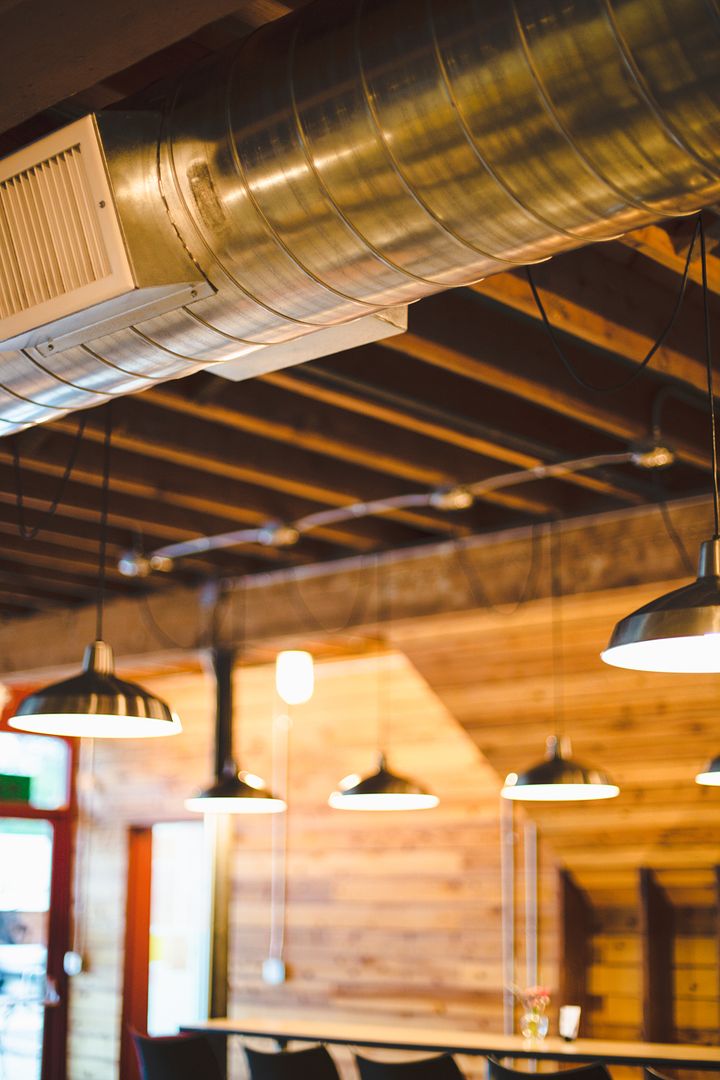
Stu has a love for architecture. How did that affect the way you planned and designed the space?
{Stu}: I came straight out of architecture into this, so that was already my frame of mind and thinking. I wanted it to function well, but it to also be visually appealing. We had this old building and it was so full of character, it was a shame to cover it up and make it look like a new building. Instead of covering up the character, we came in and we sandblasted and tore things out. I think most of the work in this building has been demoing the newer elements in the building and bringing out the old character. It was kind of neat as we were chiseling away, piece by piece, it almost felt like the space revealed itself. It’s true nature. What we got to do was put some lighting into it, add a bit of color, and it was done. It was a unique project in the sense that it functions the way it did, because it almost had it’s own character and all we had to do was represent it well. I grew up in two larger cities and had visited coffee shops in Portland and went to school for coffee in Portland. I fell in love with the industrial feel, but the industrial look feels kind of cold. The other thing that we wanted to do was take that industrial feel and make it feel hospitable. We love that look, but also want it to feel like a living room. We tried to address embracing that tension and discovered that the space did really well as an industrial space. As we added lighting and furniture we were able to bring in that “living room” feel. It’s a great space.
{Sara}: As we discovered the building, our vision was to have a space that reflected the town. There’s a lumber mill here, so we wanted to incorporate a lot of wood grain throughout the space that is reflective of the lumber mill in town. We also wanted to have a space that is nicer than what most people would experience here. We wanted it to look like a space that could fit into a big city, but still have the heart of a small town in it. A lot of was uncovering what was here, repurposing what we could (which wasn’t a ton), and just getting down to the bones of the space, letting it inspire what we were doing.
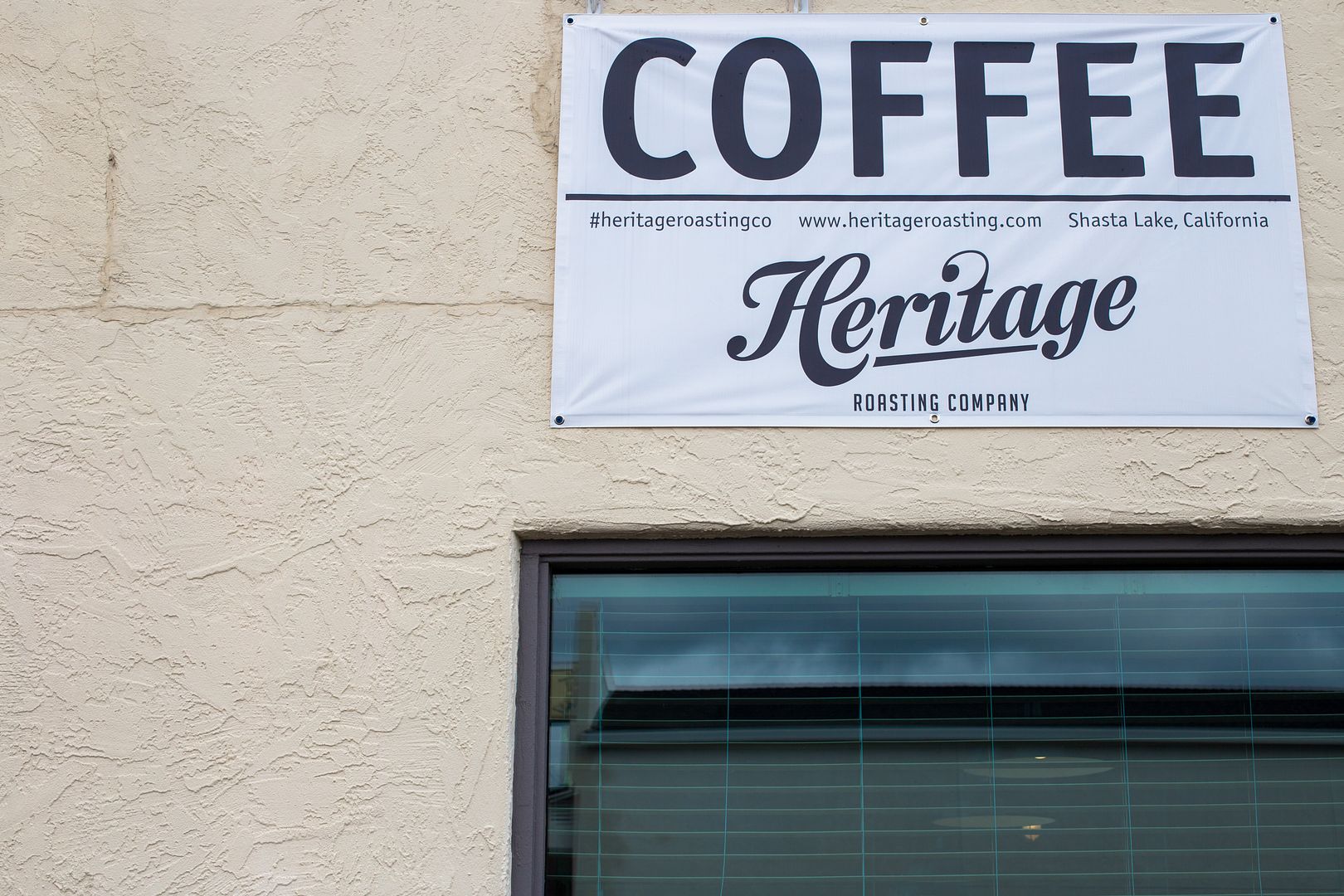
“Where coffee meets community” is a core value of yours. How do you see the storefront as a space where people can build community and this is lived out?
{Sara}: What’s cool about Heritage being more than a coffee shop is what we are doing in the community is a piece of it. But a lot of it is what happens over a cup of coffee. Often what happens at Heritage is community is created that we don’t even know about. A lot of creatives meet here, a lot of new things are born out of conversations that happen here. That’s the thing- when you take the time to slow down and sit down and have a conversation with a friend, have a cup of coffee with a co-worker, or a future partner, it is a space that allows you to dream. That is something that has been prayed into the space, something that we have been blessed with, and something that the architecture lends itself to. It really inspires slowing down, dreaming, and creativity. Our baristas are all really great, welcoming, and kind. I know the way we welcome people is disarming. That from the interaction they are having with their barista to when they are enjoying their cup of coffee, it really brings you to a place of slowing down and community with those of us who work here, but also community with friends and other groups that meet here.
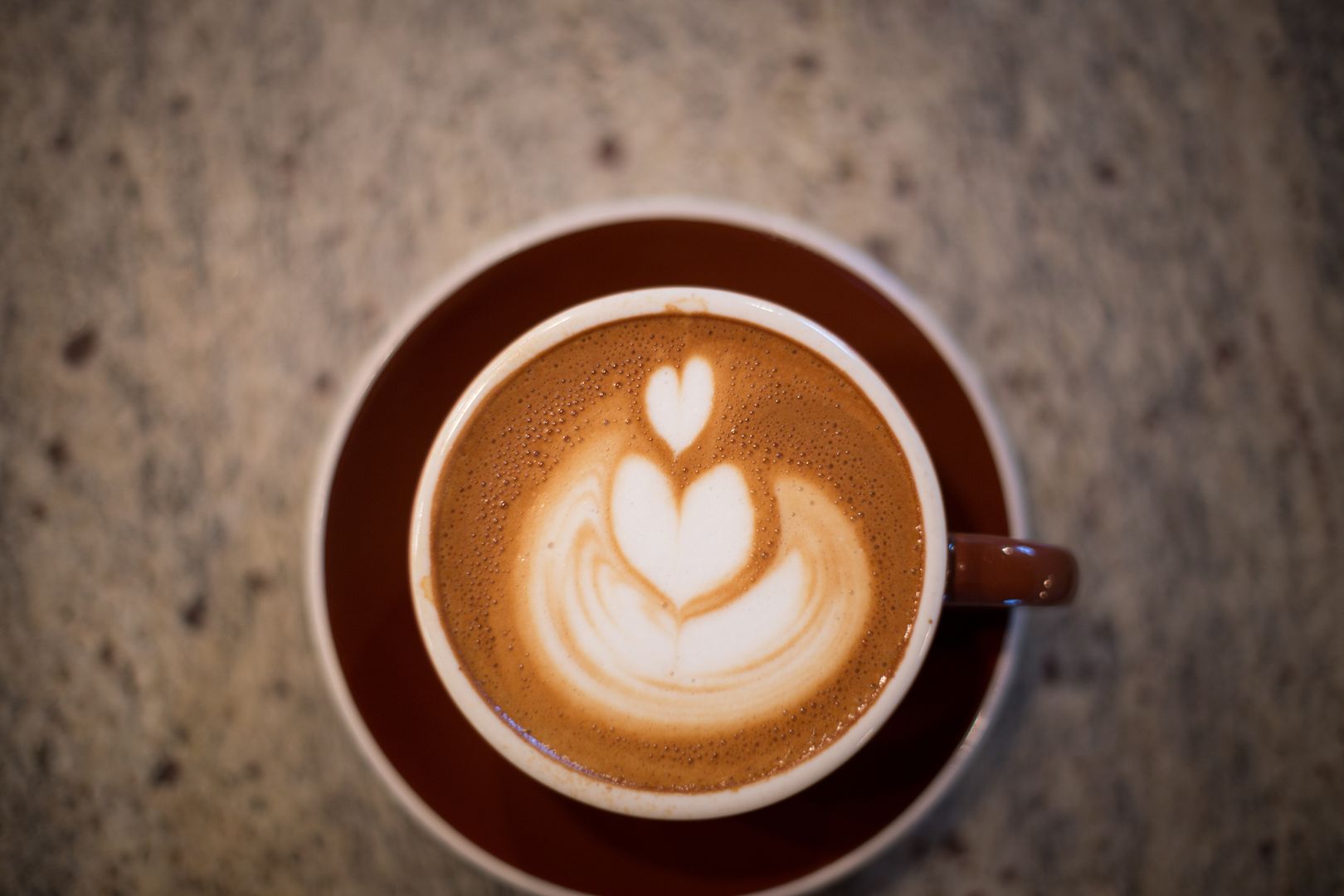
Tell me a little bit about your “Love in a Cup” program.
{Sara}: It is idea based on an Old Italian tradition that dates back to World War I. In Italy it is considered almost a right of a man to have his coffee. After the war there were a lot of men who just couldn’t afford to go in and have an espresso. The community was such that people began to pay for a suspended coffee. People would come in and not only pay for his coffee but for a suspended coffee because he cared so much for the value of his countryman to be able to come in and have his morning espresso. It is an old idea, that we took and rebranded. Out of that idea and of latte art, where every time you pour there’s a little heart, and you just feel loved. Taking that little heart in a cup, along with an old Italian tradition, and morphing those two together and you get “love in a cup.” The way it works is people can give any amount they want to our “Love in a Cup” fund. When people come in they can ask if there’s coffee available. We are able to say “yes” or “no.” It gives us more opportunities to connect with people in the community who can’t afford a cup of coffee and speak life and blessing into those people in a way that we wouldn’t have the opportunity to otherwise. It is always nice to know when you are giving to the “Love in a Cup” fund, knowing that you did something nice and are going to bless someone, making their day a bit brighter and it really does make a difference.

You have been in business for over a year. What have been some of the challenges of starting your own business? What are some of the ways you are excited to see the business grow in the future?
{Stu}: Our challenges are on two sides. The first being on money, just trying to stay open by having enough sales. We have had plenty of months where we have had no idea where the money is going to come from and we make it. For us, that is getting better. Another challenge was I had a vision in my head. I could see the whole thing and how it was going to be in two years and I realized that nobody else could. I get really excited and could recognize that there was a disconnect between what I saw and what other people saw. I saw something I saw in future. Everyone else saw an empty building or a space that wasn’t quite complete. A challenge is promoting and championing the vision over and over again until people finally grab hold of it. Someone told me when you’re exhausted and feel like you can’t do it anymore that is when people start catching on. That is totally true.
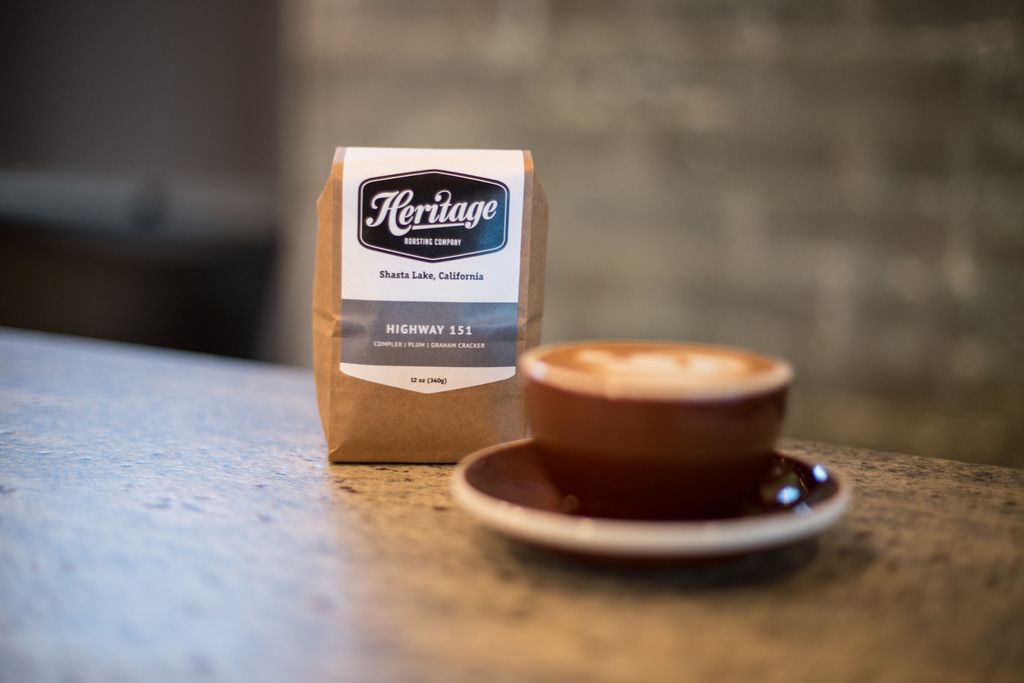 Recently you returned from Nicaragua. What has sourcing coffee been like for you?
Recently you returned from Nicaragua. What has sourcing coffee been like for you?
{Stu}: Sourcing coffee has been a learning experience and that was how we approached it. We first, really just wanted to get an idea of the culture. To go to Nicaragua, it is a really different process than what we are used to here at home. To see the coffee process and see it go from seed to cup, recognizing how much labor goes into it, and it was just neat to see the story that was playing out. To see a culture of people who work around coffee, work very hard, and get paid very little, but at the end of the day they are very happy. At the end of the day, it was very convicting. We come from so much and are often unhappy. I think we learned what the coffee process is really about, trying to honor the culture, and as we bring the coffee back honoring the people within the culture as well. That really is what sourcing is all about. We also want to pay a better wage when we can. That’s becoming a priority, especially as we begin to see the story played out in people’s lives. Finally, it’s about learning the logistics. Getting coffee from one country to another is not easy, it’s dealing with customs, importing and exporting agriculture. We’ve been learning a lot. When we’re in country we’re tasting the different kinds of coffees, we call cupping and once we find coffee we like, solving how we get it to the States. We’re still learning but it’s getting easier.
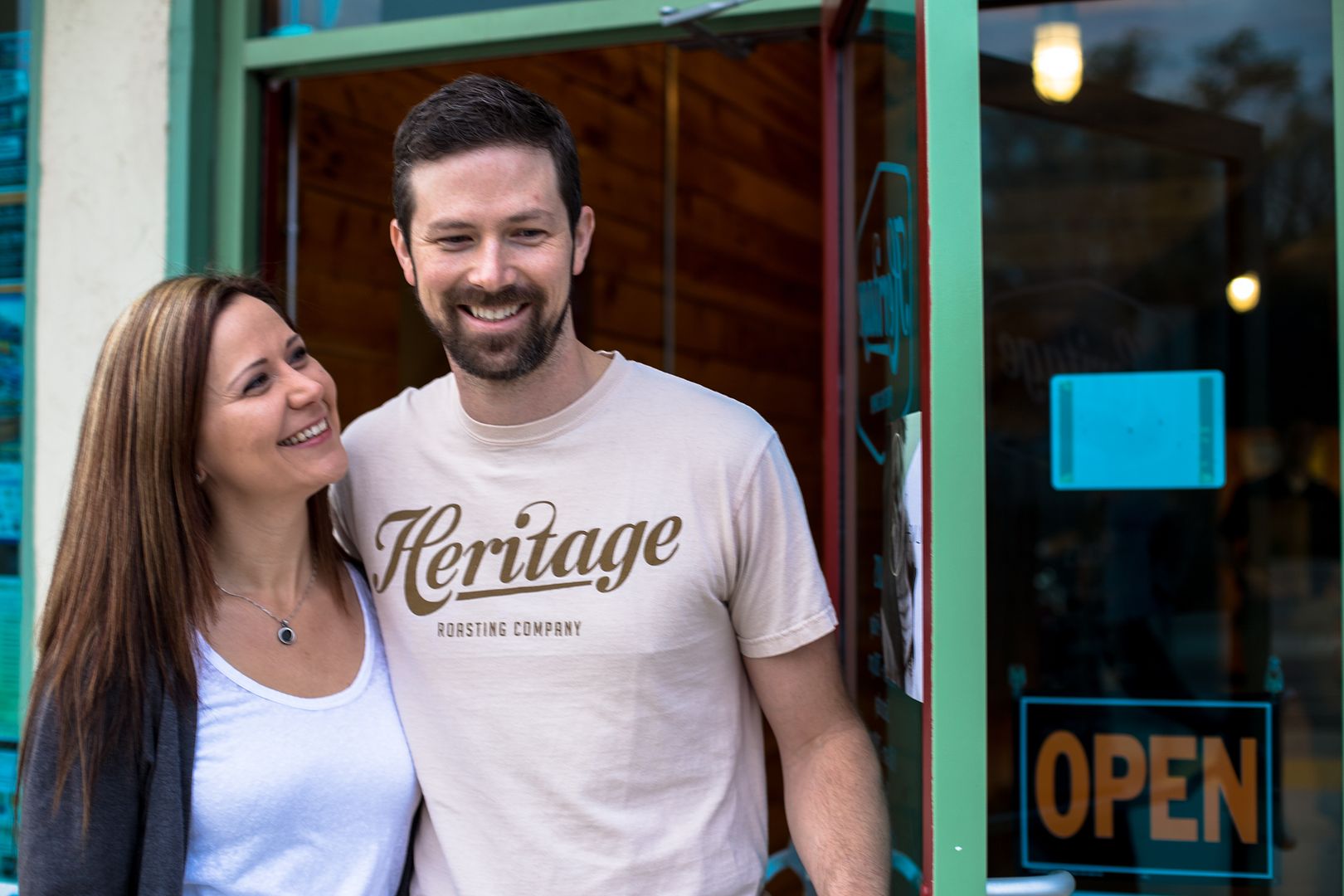
What is it like to dream, create, live, and work with your spouse?
{Sara}: It’s amazing, it’s my favorite thing. I really like Stu a lot. He’s innovative and inspiring. We’re really a good balance for each other. Where I’ll be like a crazy dreamer and “Let’s go do this thing!” He is really practical. Sometimes I’ll get discouraged and he’s really encouraging. We’re a good balance for each other in that. We’re really blessed in our marriage relationship. We don’t just enjoy being married to each other, we really enjoy doing life together. We homeschool our girls and they’re around too. It is really fun that we not only get to do this as a couple, but as a family as well.
{Stu}: I had a dream last night actually. I had to find a job and the only job I could get was one where I had to work in an office or do something very administrative. In the dream I’m thinking to myself, “This is terrible. I don’t want to do this.” I woke so greatful that I don’t have to do that. That I have the creativity to see something, to implement it, and to see it succeed. To implement that and to be able to create it with my wife is huge. I think for us we are always debriefing the day together, we’re always talking about our team and how we can encourage them, or how we can encourage each other. When she is down I can encourage her, and when I’m down she can encourage me. It’s a really good day when we’re both up and a really bad day when we’re both down. But it’s great to share this story and adventure with Sara and with our girls. I think it is a component to marriage that we didn’t know that we could experience. I think a lot of people see that as, “Oh my gosh! You see that person all day. I bet you’re tired of them.” I think for us we’re around each other all the time, but most of the time we’re working, so when it is time for us to stop working, we just want to hang out. Let’s just be together. For us, it’s really good. I wouldn’t trade it.
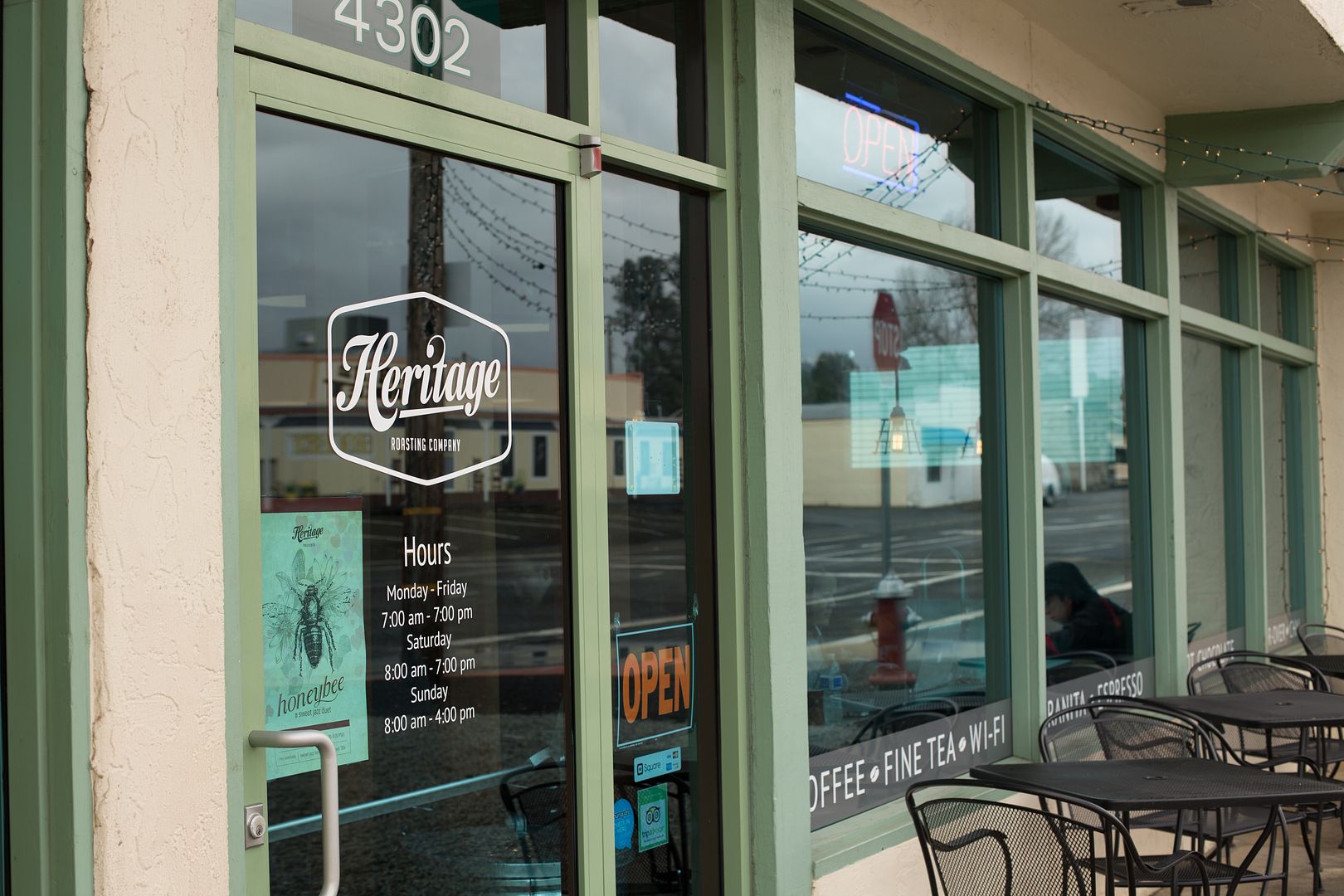
Do you have any advice for someone who wants to step out and start their own small business?
{Stu}: Do it. Absolutely do it. Step out and take the risk, but don’t do it until you have a vision. The vision is going to be there when you’re discouraged, the vision is going to be there when you’re trying to encourage people. It’s got to be a deep well that you’re drawing from, and if it’s not there you’re going to burn out.
Do you have any advice for couples who are wanting to start a small business together?
{Sara}: Make sure your marriage is healthy. If you aren’t in a good and healthy place in your marriage, starting a new business isn’t going to help it. We have a strong and healthy marriage and are able to draw upon that. If you are unsure and not knowing where things are at, you don’t have that to build upon. Running a business is challenging to the core. Many people relate having a small business to having a small child; however, it’s far more consuming than a small child. You’re changing diapers in the middle of the night, putting out fires, and it changes really quickly. You get used to your business functioning a certain way, then it evolves, and it changes again. Because we’re parents and we have a strong marriage, this has been really good. But if you don’t have a lot of life experience, we aren’t saying don’t do it, we’re saying have some life behind you. We always thought this was going to be something that we would do in our 20s, but by the grace of God we have a bit more life behind us.
{Stu}: Get away when you can. There are going to be moments where it feels really important for you both to be there, but get away when you can. It will be important for you as a couple and for your team. We’re a culture of high-trust and low-control. That means we can get away and take care of each other. Your team and your community aren’t going to take care of you as well as you can take care of yourself. Carving out time to get away, to rest, and to take care of yourself and one another is really important.
For those of you who live in Redding and Shasta Lake, make sure to head to Heritage this summer as they feature an Espresso Happy Hour from 1-3 PM Monday-Friday. For those of you who live far away, Heritage Coffee is available to purchase online. Make sure to follow them on social media for the latest updates.
Check out Heritage Roasting Co:
Website |Twitter | Instagram | Facebook

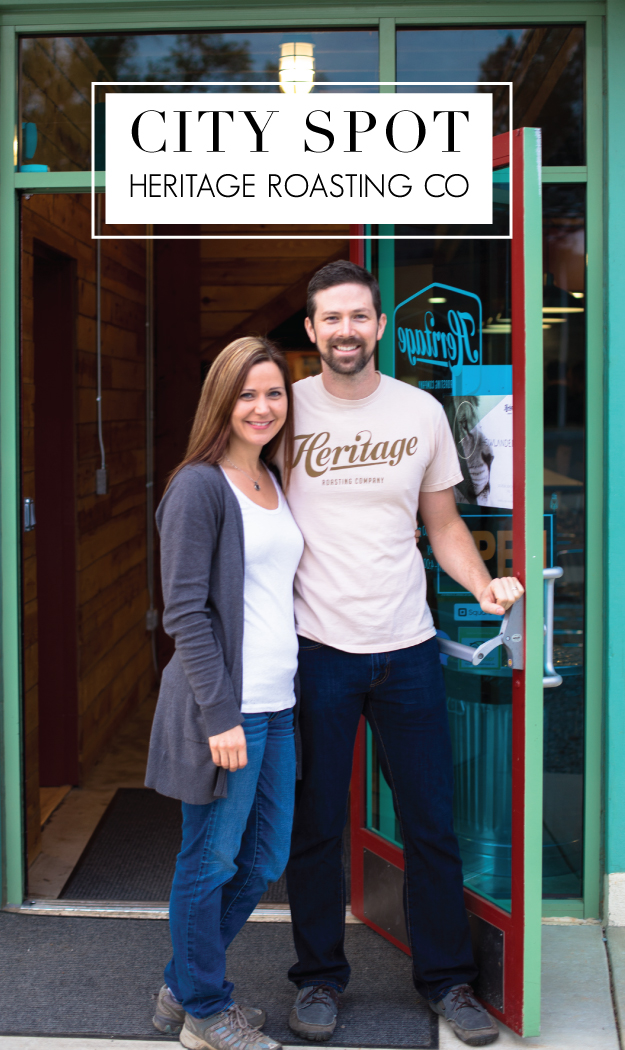

Hey there! Would you mind if I share your blog with my twitter group?
There’s a lot of people that I think would really appreciate your content.
Please let me know. Thank you
Thanks for stoping by. Feel free!